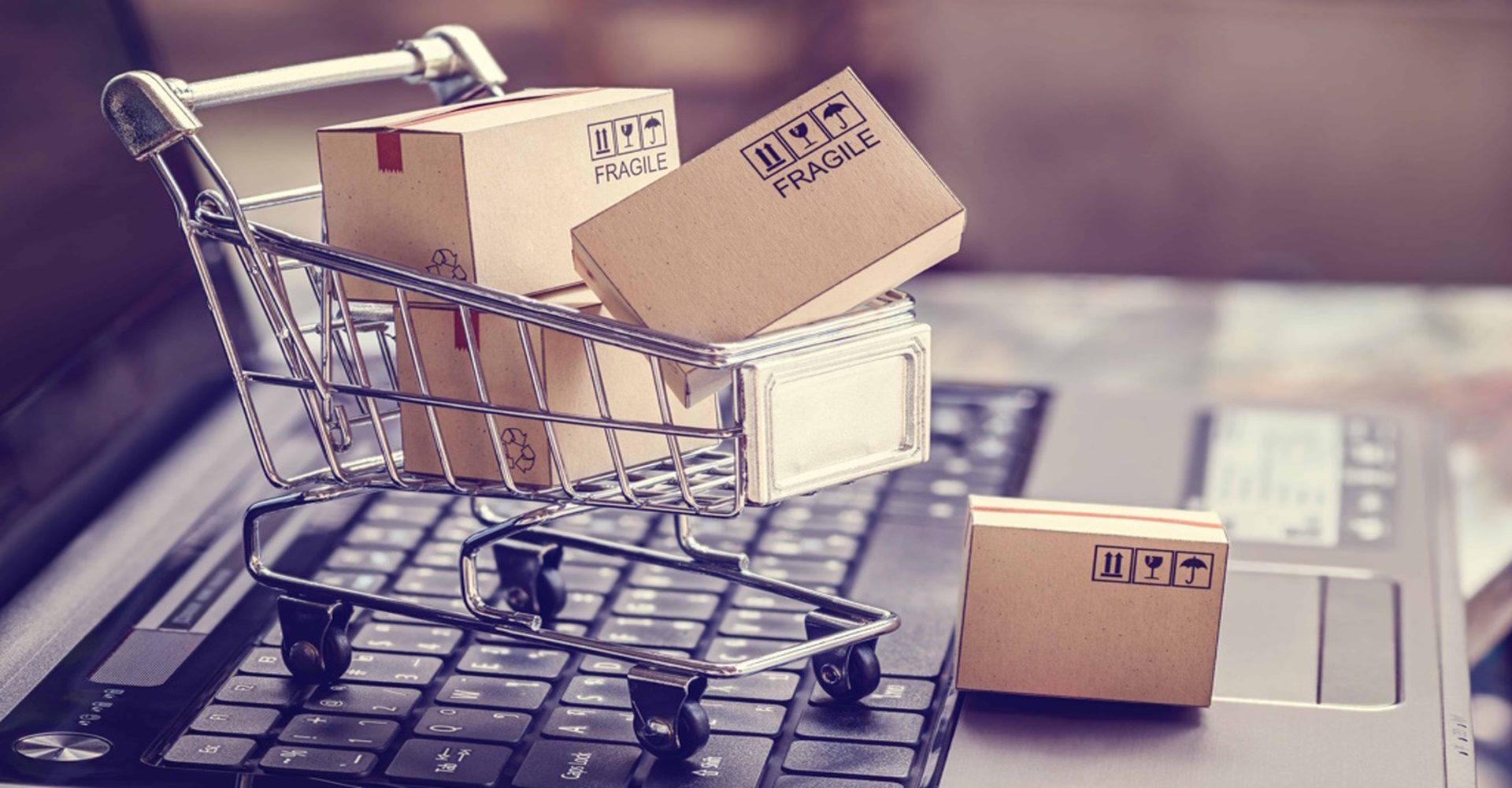The pandemic was a catalyst for e-commerce, both in terms of the number of online shoppers and the items they bought. Various studies put this number for Peru at just over three million at the beginning of 2020 and more than six million by the end of that year. At the beginning of 2023, the Peruvian Chamber of E-Commerce estimates that 13.9 million people will regularly shop online in Peru, with an online market value of US$ 9.3 billion.
In terms of categories, during 2020 alone, 84% of Peruvian online shoppers tried new categories, incorporating (in order of magnitude) groceries, clothing and home appliances. This new reality implies that companies should focus their efforts on the following actions.
1. Implement e-commerce customer service channels
Mobile shopping has increased significantly since the onset of the pandemic: it is estimated that in 2020, 47% made their online purchases via mobile devices, rising to 76% by 2022. It is key then to ensure that any shopping experience offered is compatible with these types of devices. Additionally, not all purchases were made through online stores: online shoppers in Peru make approximately 50% of their online purchases through web or Apps, but they also do so through WhatsApp and social networks, which increased significantly. It is key to offer customers an integrated experience between online store, social networks and WhatsApp:
- WhatsApp can be integrated with both online stores and social networks to quickly answer queries and encourage sales. Additionally WhatsApp Business has interesting features to allow potential customers to explore the companies’ offerings.
- Online store catalogs can be integrated and synchronized with social media catalogs to provide customers with a seamless transition from inquiry to purchase.
2. Optimize logistics for product shipment
Globally, more than 60% of online consumers expect their shipments to be free of charge. There are 2 strategies to do this without losing profitability.
- Offer customers a membership service, as several of the food delivery companies currently do.
- Offer free shipping from a minimum purchase amount. This second strategy is easier to apply and increases conversion in the online store.
In addition to free shipping, 72% of consumers in the United States expect their products to be delivered in sustainable packaging. This trend will soon reach Peru as well.
3. Differentiation factors
Offering quality products and discounts are the two main components of e-commerce offerings in terms of achieving customer preference. However, these components have remained stable globally since 2015, and it is others that are growing and enabling differentiation: The Quality of customer service when interaction is required and the ability to get a personalized and quick deal with a person when having product queries. From these points it is clear that implementing bots, or virtual agents, is not necessarily a good strategy for online stores. Investing in mechanisms so that store personnel can respond quickly and efficiently to customers would be the best option.
4. Marketing automation
Marketing automation allows brands to scale their efforts to achieve higher volumes of traffic and sales by automating repetitive tasks, allowing them to focus on strategies to increase conversion. During 2023, and also considering the new items that shoppers purchase online, implementing basic scenarios such as follow-up messages to recover abandoned carts, messages with offers to encourage repeat purchases from prospective shoppers, and similar scenarios is key. After implementing these initial scenarios, customized campaigns for different customer segments allow online stores to further increase traffic and conversion.
Fernando Covecino
Founding Partner


